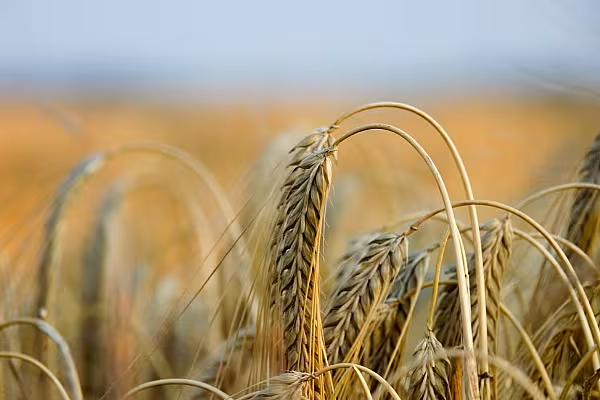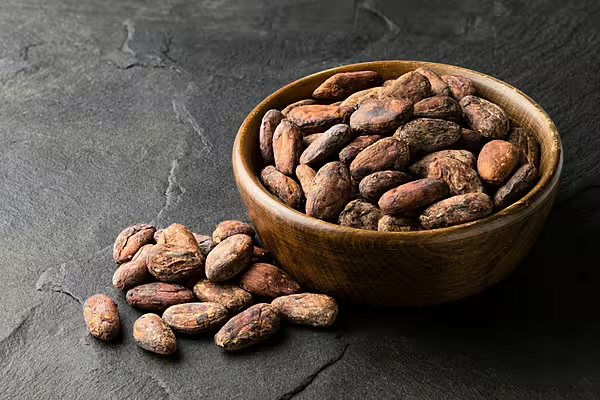The end of the soft wheat harvest in France has confirmed disappointing production in the European Union's biggest grower, with attention turning to Germany where improved conditions could limit an expected decline in EU output.
The poor French harvest is now expected to drop by around a quarter from last year to 29-30 million tonnes after torrential autumn rain cut sowings and spring drought hurt yields.
Coupled with weather-hit crops in major producers Romania and Britain, this French setback could push soft wheat production in the EU-27 plus Britain close to a drought-hit volume of 128 million seen two years ago.
'Heavy Contrasts'
"The EU crop is showing heavy contrasts," Nathan Cordier of consultancy Agritel said.
"With production set to fall sharply in France, the UK and Romania/Bulgaria, it's not going to be compensated by better yields in say Poland or the Baltic countries."
In France, soft wheat harvesting was 99% complete as of 3 August, according to farm office FranceAgriMer, after a hot, dry July allowed rapid field work.
Downward Revisions
In addition to very mixed yields, the French market has been grappling with late downward revisions to the wheat area linked to the rain-hampered sowing season and delays to farm data collection during the coronavirus crisis.
"It's turning out a bit like 2016 in terms of production," a French broker said, referring to France's worst harvest in the past 30 years.
"The upside this year is that crop quality is looking decent."
As the market waits for harvesting to get going in Britain, which like France saw heavy rain slash sowings, a fast-moving German harvest may provide better results after beneficial early-summer rain.
Forecast
Market forecasts of the crop size were in a 21-22.6 million tonne range, down from 23.0 million in 2019 after a reduction in planted area but with good yields expected.
Traders played down a lower 20.2 million tonne forecast this week from Germany's statistics office as based on old data.
"Currently wheat quality is normal levels with a slight drop in protein in some regions but which is being compensated by good test weights," the analyst added.
Quality criteria like protein content determine wheat's suitability for milling and access to certain overseas markets.














